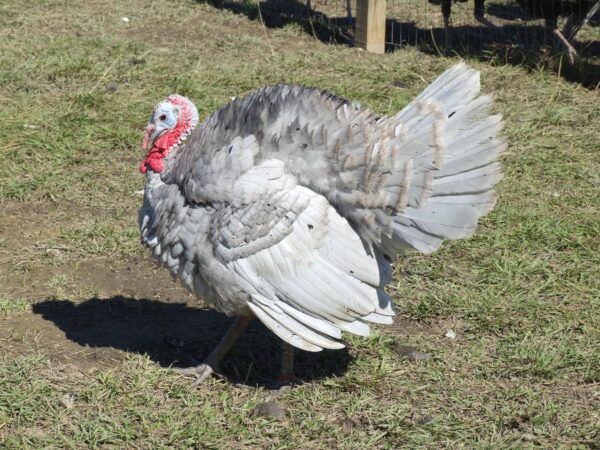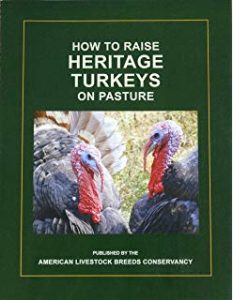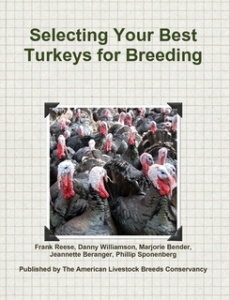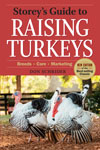
Breed Facts
Status:
Watch
Use:
Meat, Exhibition
Egg Color:
Pale cream to medium brown with spotting
Egg Size:
Large
Weight:
Male Young – 23 lbs. Mature – up to 33 lbs.
Female Young – 14 lbs. Mature – 18 lbs.
Temperament:
Highly dependent on socialization and selection by breeder; some select for aggressive, others docile
Temperament:
Not good fliers; ideal slate color challenging to breed.
SLATE TURKEY
While most early texts state that Slate turkeys originated from a cross of the Black turkey on a white turkey, there is little genetic evidence to support such a conclusion. The slate gene is a legitimate mutation that arose, similar to how the gene for blue in the Andalusian chicken is the result of an unrecorded mutation. One added element of confusion in defining the variety is that there are actually two different genetic mutations – one dominant and one recessive – that produce the blue slate color, and these produce slightly different shades. White and rusty brown markings may be present but are considered a defect.
The Slate, or Blue Slate, variety is named for its color, which is solid to ashy blue over the entire body. They may also have a few black flecks. It’s also called the Blue or Lavender turkey, with hens being lighter in hue than toms. The head, throat, and wattles are red to bluish-white. Their beak is horn in color, their eyes are brown, and their beard is black. The shanks and toes are pink.
The Standard weight for a young tom is 23 pounds and 14 pounds for a young hen. Since, however, the Slate hasn’t been selected for production attributes, including weight gain, for years, many birds may be smaller than the standard. Careful selection for good health, ability to mate naturally, and production attributes will return this variety to its former stature.
The Slate was accepted by the American Poultry Association in 1874. It’s been popular in exhibition circles and is gaining popularity in pastured poultry production. Renewed interest in the biological fitness, survivability, and superior flavor of the Slate has captured consumer interest and created a growing market niche. The Slate is less well documented and more variable in type and color than any other variety. This makes it more challenging to breed consistently than the others. Its production potential today isn’t known.
Did you know:
The Livestock Conservancy is America’s leading organization working to save over 190 heritage breeds from extinction. We rely on the support of our members, grants, and donations from the public to raise the $1 million needed each year to maintain our conservation work with rare breeds of farm animals. Click here to learn how you can help.
You may be interested in…

Breed Facts
Status:
Watch
Use:
Meat
Egg Color:
Pale cream to medium brown with spotting
Egg Size:
Large
Market Weight:
14 -23 lbs
Temperament:
Highly dependent on selection by breeder, Some select for aggressive, others docile
You may be interested in…




